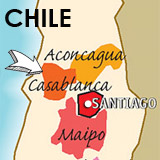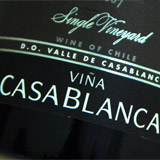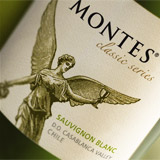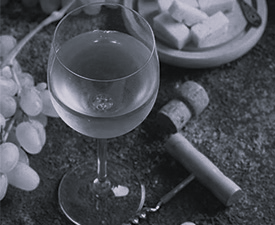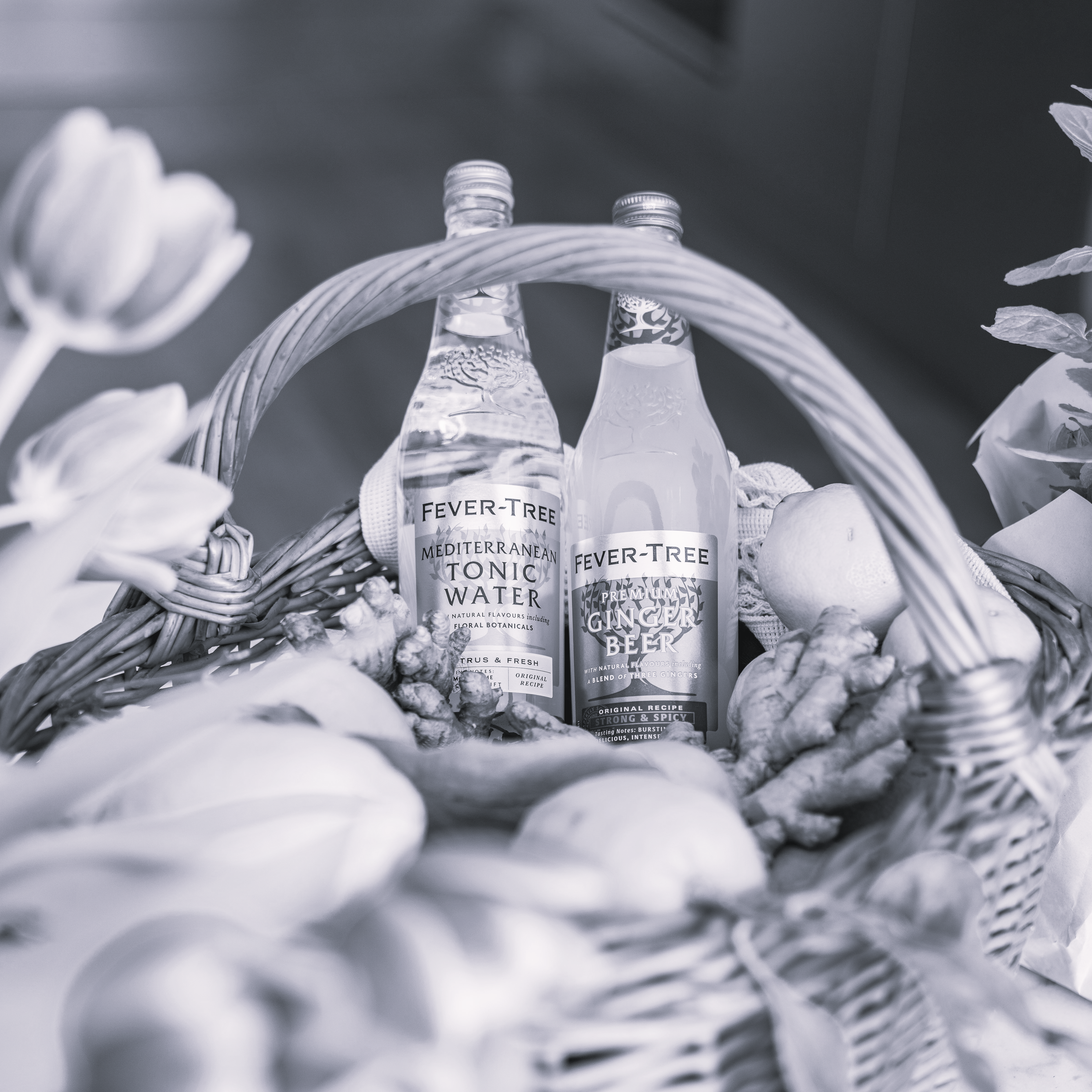Valle de Casablanca wine region is situated on the coastal plain 80km northwest of Santiago the capital city of Chile and on the way to Vina del Mar / Valparaiso - this is the beautiful Casablanca Valley, Chile's fastest growing wine region.
Casablanca Valley was first planted with vines in the mid 1980s, with approximately 3531 acres of vines now currently planted. The region has quickly added a new and captivating chapter in Chile's winemaking history. Chile's first cool-climate coastal region soon produced crisp, fresh wines like Sauvignon Blanc, Chardonnay and more recently Riesling that have caught the world's attention, and Chile's reputation took another marked lift.
Early-morning fog keeps temperatures low and adds moisture in an otherwise dry topography with approximately only 540mm of rain per year. Midday breezes clear the fog, allowing brilliant sunshine to reach the vines and the temperatures to rise steadily throughout the afternoon.
The valley soil types vary extensively, from sandy loam, to clay, and gravel are all present. Soil fertility is generally low, which allows for the production of high-quality wines.
While it is known for its white wines Casablanca Valley also produces quality reds such as, Pinot Noir, Merlot, and the so called lost Carmenere. Chilean wines use a Denomination of Origin (D.O.) appellation system based on geographic area. This has been recently updated to further define the regional diversity in Chilean wines.
Given Chile's unique shape you are never far from the Pacific Ocean or the Andes Mountains and these two geographical features will always play their part on the vines growing conditions. This is a rugged coastal country along the Pacific Ocean, where the crisp coastal breezes restrain the rising heat of the summer days. White grapes can relax in the cooler temperatures of the Casablanca Valley, and the extended growing season yields bright, full-flavoured grapes with a healthy amount of food-friendly acidity.
